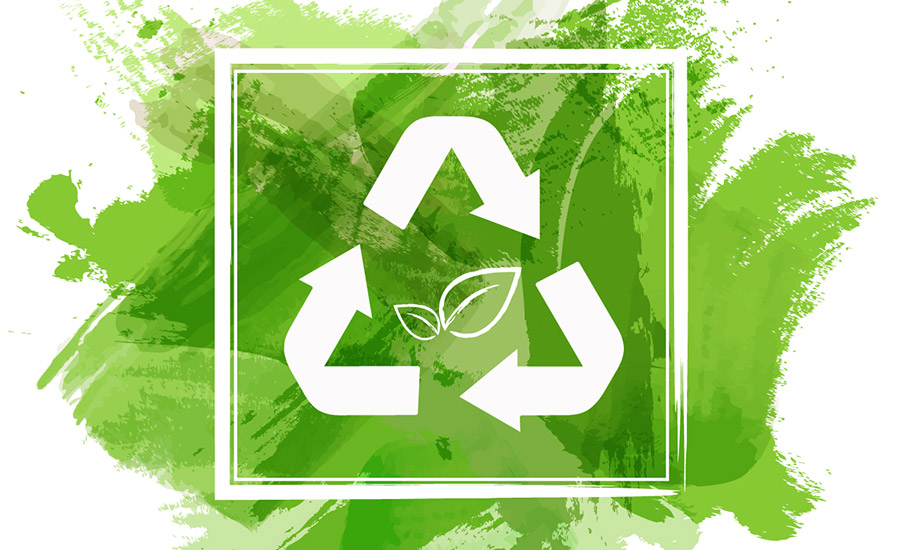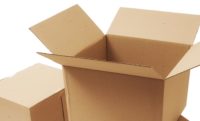Fibre Box Association Column: Truth, Transparency and Trust

Everyone’s talking about climate change, with conflicting schools of thought about its reality, causes and solutions. It’s the focal point of today’s public discourse about environmental protection.
Behind all the controversy is a debate about the causes of climate change with global warming and greenhouse gas (GHG) emissions as prime suspects. GHGs originate from a variety of sources, including fossil fuels and landfills.
In the packaging business, the subject of environmental impact has been front and center for decades, primarily in terms of products’ end-of-life. Packaging that goes to the landfill is targeted for replacement by recyclable, reusable and renewable materials. The goal is to reduce waste.
The corrugated industry has embraced sustainability initiatives to reduce its environmental footprint and to demonstrate good faith and responsibility. Life-cycle assessments (LCAs) are the gold standard for measuring environmental impact.
An LCA is only as good as its scientific approach and underlying assumptions – if those are faulty, the findings are meaningless. Transparency is the key to credibility. This maxim is at the heart of the corrugated industry’s LCAs conducted in 2006, 2014 and 2016. Every assumed value forming the studies’ basis is fully disclosed in the reports – so that a detailed review supports objective conclusions.
The corrugated industry’s LCAs are conducted by third-party experts and subjected to ISO-compliant peer review. Results hold up under close examination because the studies are reported with full transparency.
The Corrugated Packaging Alliance (CPA) recently released the results of its third LCA, a follow-up to the first two, quantifying the industry’s environmental performance over time. The LCA examined the effects of a 1 kilogram industry-average corrugated product manufactured in 2014 on seven environmental impact indicators: global warming potential (greenhouse gas emissions), eutrophication, acidification, smog, ozone depletion, respiratory effects, fossil fuel depletion; and four inventory indicators: water use, water consumption, renewable energy demand, and non-renewable energy demand.
The corrugated industry reduced its GHG emissions by 35% between 2006 and 2014. The reduction was driven by increased recovery of old corrugated containers (OCC) for recycling and by the use of energy generated from renewable, carbon-neutral biomass and decreased overall use of fossil fuels.
The recovery rate for OCC increased from 72% in 2006 to 89.5% in 2014. (In 2016, the recovery rate hit 93%.) As more is recovered, less goes to landfill, thereby reducing methane emissions.
Other notable improvements between 2006 and 2014 include a 29% reduction in the effects of nutrient releases on receiving waters and soils (eutrophication); a 23% reduction in photo-chemical ozone creation; a 21% reduction in water use; and a 21% reduction in respiratory related effects.
The peer-reviewed study, commissioned by the CPA and conducted by the National Council for Air and Stream Improvement, is the third study in a series of industry LCAs. It was conducted in accordance with ISO 14040/44 standards and guidelines for life cycle assessment studies.
The corrugated industry’s unwavering commitment to standards-based scientific research and transparency is the foundation of its reporting. To understand how the industry has continued to make progress and continuous reductions in its environmental impact, look for the full LCA reports on the CPA website (http://bit.ly/2tnE30B). For us, the ability to tell the truth about corrugated sustainability based on fact-based research is non-negotiable. Learn more at corrugated.org.
The Corrugated Packaging Alliance (CPA) is a corrugated industry initiative, jointly sponsored by the American Forest & Paper Association (AF&PA), The Independent Packaging Association (AICC), Fibre Box Association (FBA) and TAPPI.
Learn more at corrugated.org.
Looking for a reprint of this article?
From high-res PDFs to custom plaques, order your copy today!






